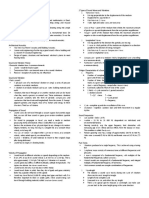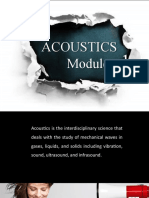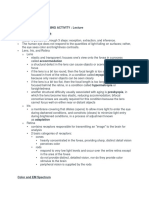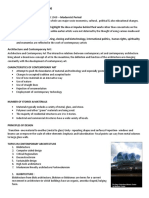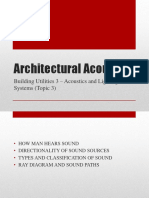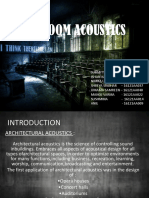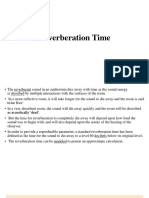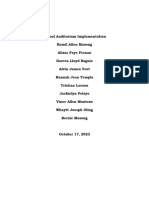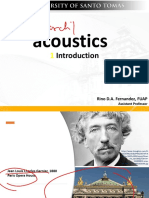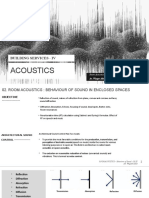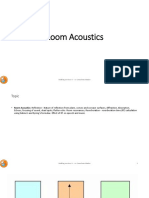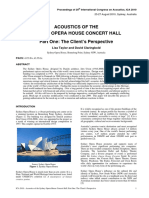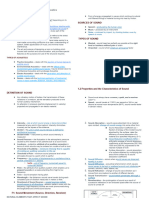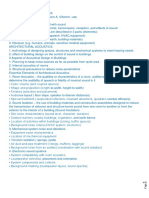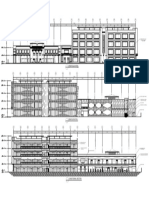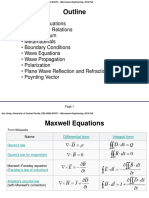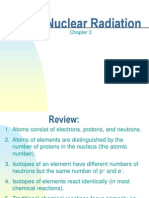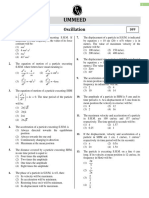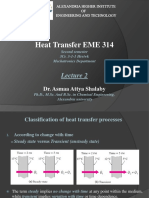0% found this document useful (0 votes)
288 views49 pagesBuilding Acoustics & Lighting Basics
This document provides an overview of a course on lighting and acoustics in buildings. The course covers fundamentals of acoustics and lighting systems including their design, equipment, installation and maintenance. The course aims to introduce students to key principles and concepts of acoustics and lighting as they relate to building comfort. Students will gain knowledge in acoustics and lighting principles, design applications, and the psychological and physiological effects of sound and light on occupants. Topics will include sound theory, absorption, reverberation time, room acoustics, auditorium design, and lighting fundamentals.
Uploaded by
Rikki Jay JardinCopyright
© © All Rights Reserved
We take content rights seriously. If you suspect this is your content, claim it here.
Available Formats
Download as PDF, TXT or read online on Scribd
0% found this document useful (0 votes)
288 views49 pagesBuilding Acoustics & Lighting Basics
This document provides an overview of a course on lighting and acoustics in buildings. The course covers fundamentals of acoustics and lighting systems including their design, equipment, installation and maintenance. The course aims to introduce students to key principles and concepts of acoustics and lighting as they relate to building comfort. Students will gain knowledge in acoustics and lighting principles, design applications, and the psychological and physiological effects of sound and light on occupants. Topics will include sound theory, absorption, reverberation time, room acoustics, auditorium design, and lighting fundamentals.
Uploaded by
Rikki Jay JardinCopyright
© © All Rights Reserved
We take content rights seriously. If you suspect this is your content, claim it here.
Available Formats
Download as PDF, TXT or read online on Scribd
/ 49

